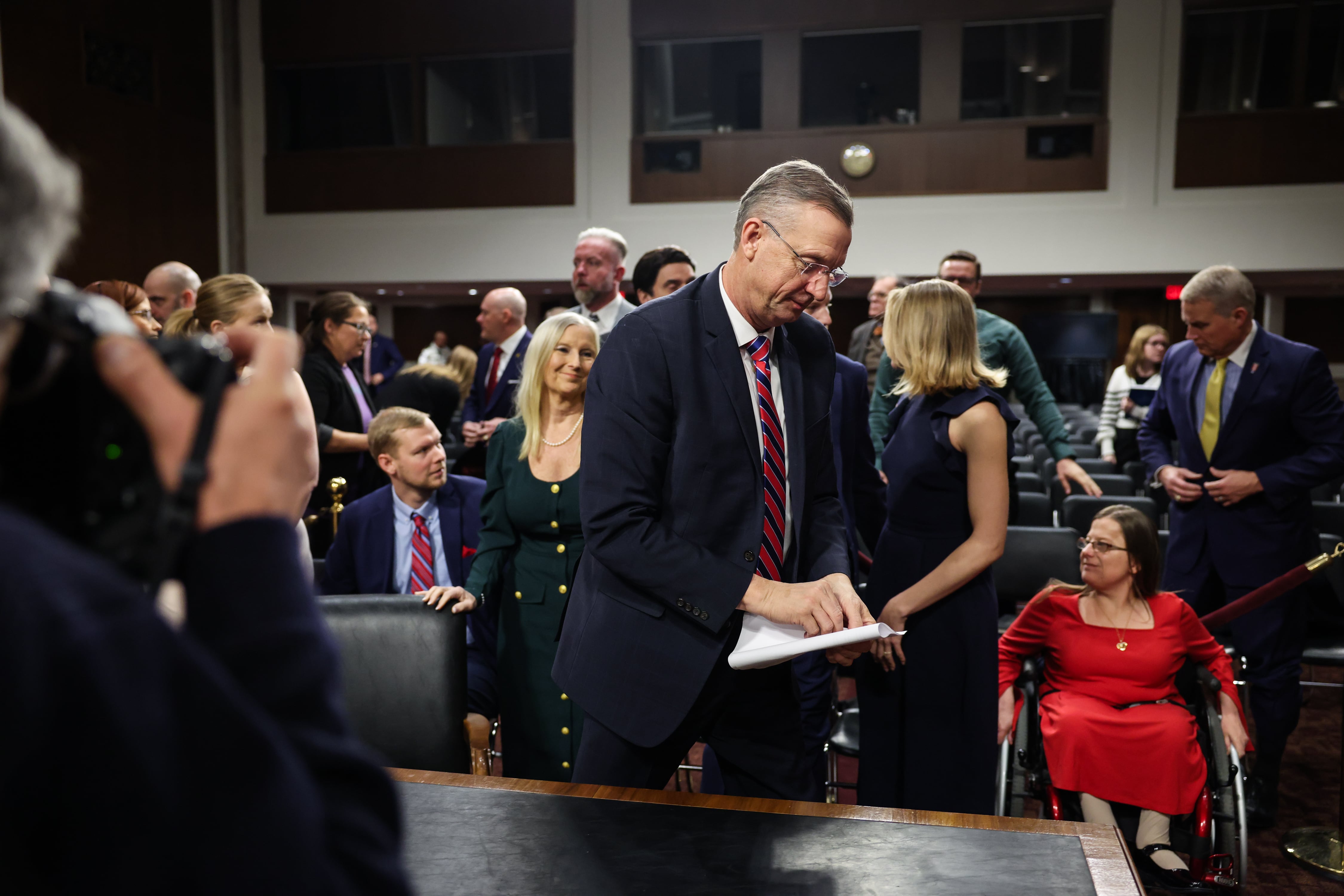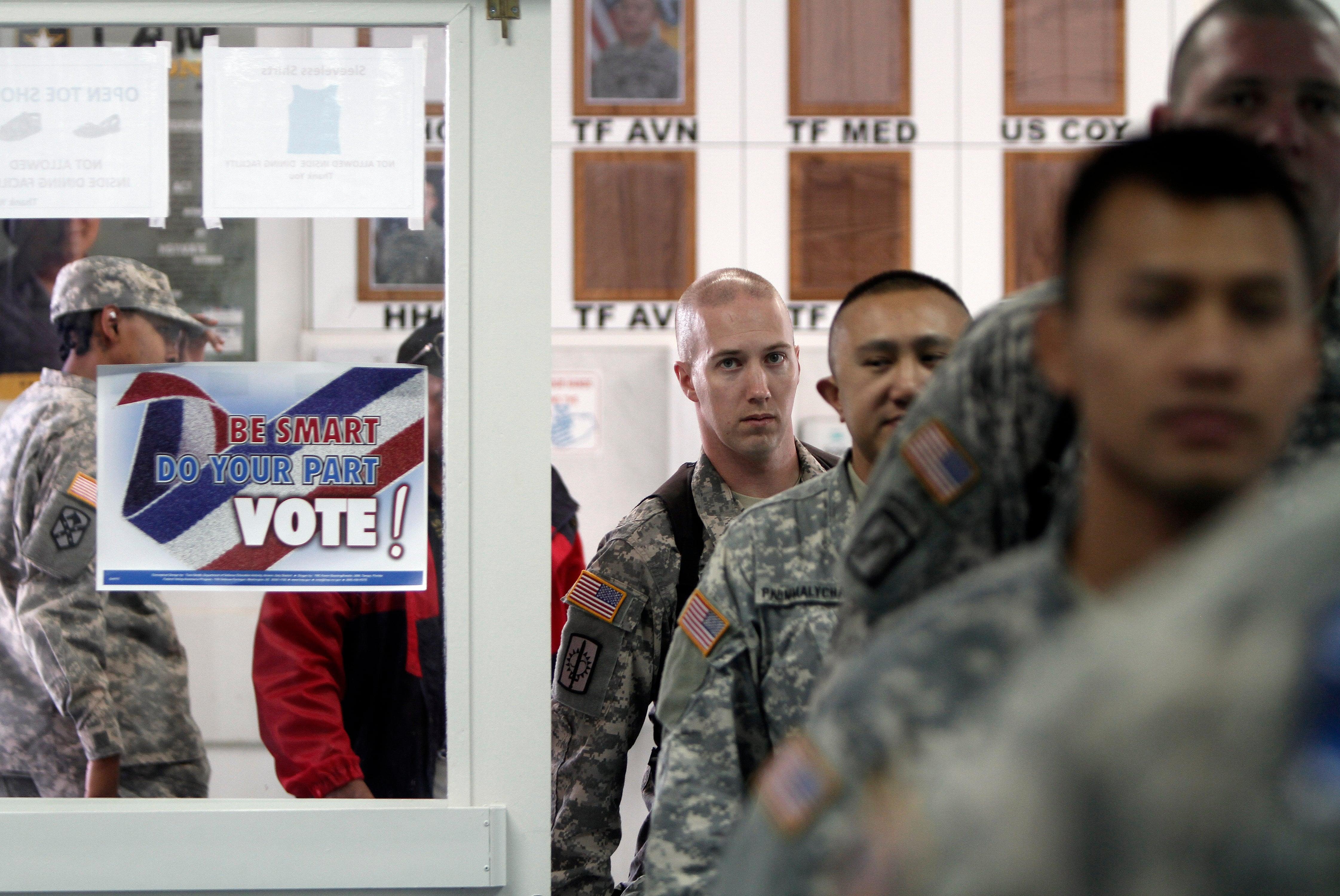Airmen's pre-deployment training could be cut in half under a new readiness program, which aims to cut redundant courses and save them valuable time.
The Expeditionary Readiness Program, taking effect Thursday, seeks to streamline the slate of training programs airmen must take periodically in case they are called up for deployment, as well as other programs they take before they actually deploy. Under the new system, all airmen will only have their basic airmen readiness training every three years, instead of every two years or so.
"Airmen's time has always been a contentious issue," said Col. James Piel, the Air Force's chief air adviser who also oversees expeditionary readiness, said in an interview Wednesday at the Pentagon. "There are some people out there that are highly tasked, and when you actually … look at all the things that airman has to do in any particular day, week or month, … you could show that there's more to do than there is literal time to accomplish it. We had to make some hard choices about what things were really the most important, that we had to do."
The Air Force is also dropping required training courses on fraternization — which took a half-hour — and 45-minute-long general cultural training, Piel said. The Air Force realized that airmen were getting that training elsewhere, such as at commander's calls, and requiring them to take it during basic airman readiness training was redundant and unnecessary.
And the Air Force is moving another hour-long computer based course on improvised explosive devices to basic deployment readiness training, which airmen only take when they're about to deploy.
Other courses, such as self-aid buddy care medical training and chemical, biological, radiation and nuclear defense awareness training, will remain part of basic airman readiness, Piel said. But if airmen already know the material, Piel said, they will be able to opt out of the training if they pass a computer quiz.
Basic airman readiness training used to take 9 hours and 15 minutes every two years, Piel said, but will now take about 7 hours every three years. Over a six-year period, that means an airman's training time would be cut from nearly 28 hours — having to take the 9 hour, 15-minute courses three times over that period — to about 14 hours, he said, roughly a 50 percent cut. That training time could be cut even further — as much as 77 percent — if airmen pass all the tests allowing them to opt out, he said.
The basic deployment readiness training program airmen take before they deploy is also being trimmed, Piel said. The Air Force is dropping training on media awareness, equal opportunity, and irregular warfare from basic deployment readiness training because, as with the other courses, airmen also get that training elsewhere.
Airmen who have recently had basic airmen readiness training will be automatically switched to the new schedule, and won't have to go through training until three years after their last session.
Piel said the Air Force began looking at this issue as part of its overhaul of the Air Expeditionary Force, or AEF-Next, system for deployment scheduling, which last year set a standard battle rhythm and seeks to keep airmen with their own units. Under AEF-Next, installations will deploy more airmen from the same unit under a 1:2 deploy-to-dwell ratio. Under the old system, dwell-deploy ratios were based on airmen's specialties and varied wildly, and deploying airmen often came from bases across the Air Force and met each other downrange.
Stephen Losey is the air warfare reporter for Defense News. He previously covered leadership and personnel issues at Air Force Times, and the Pentagon, special operations and air warfare at Military.com. He has traveled to the Middle East to cover U.S. Air Force operations.




